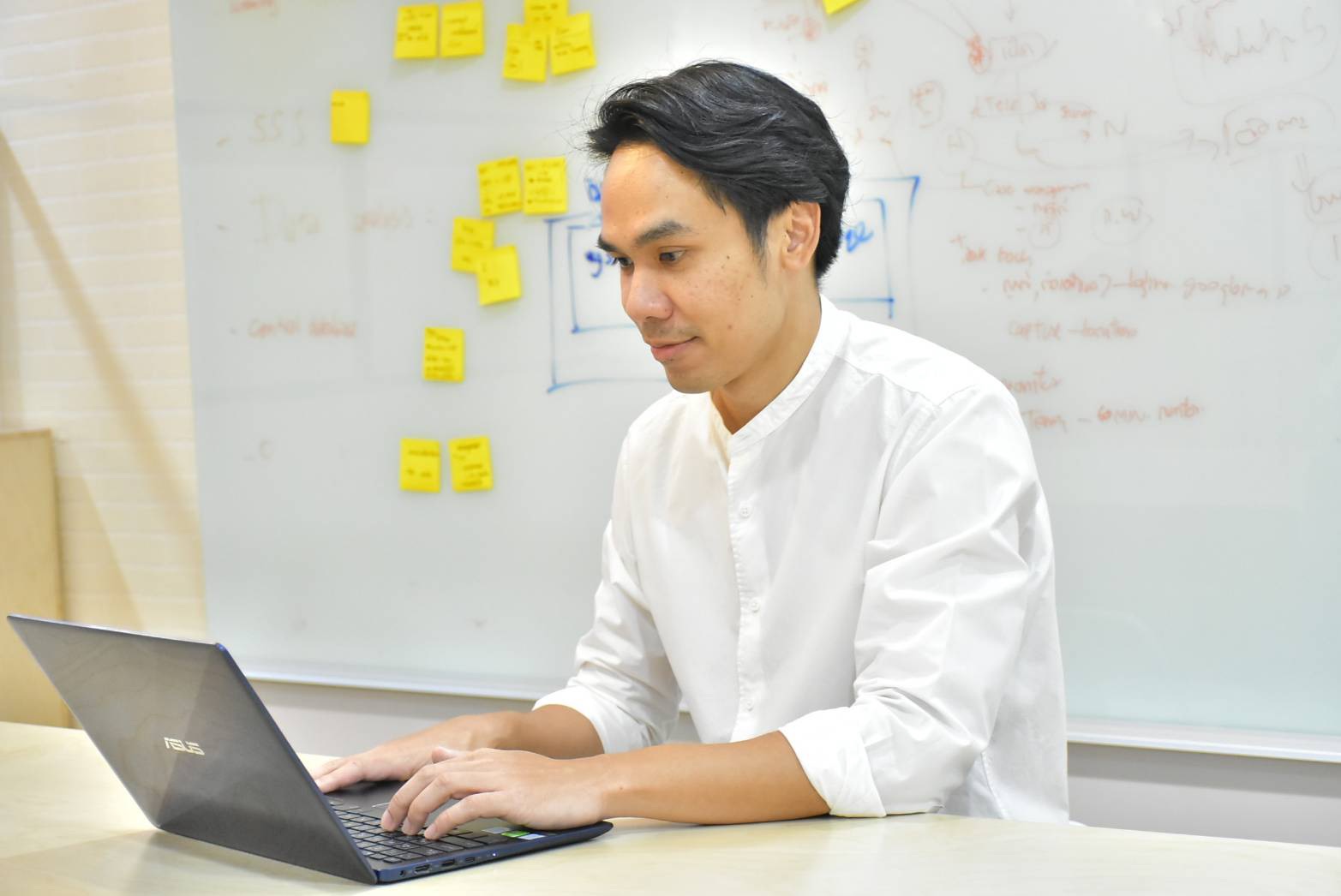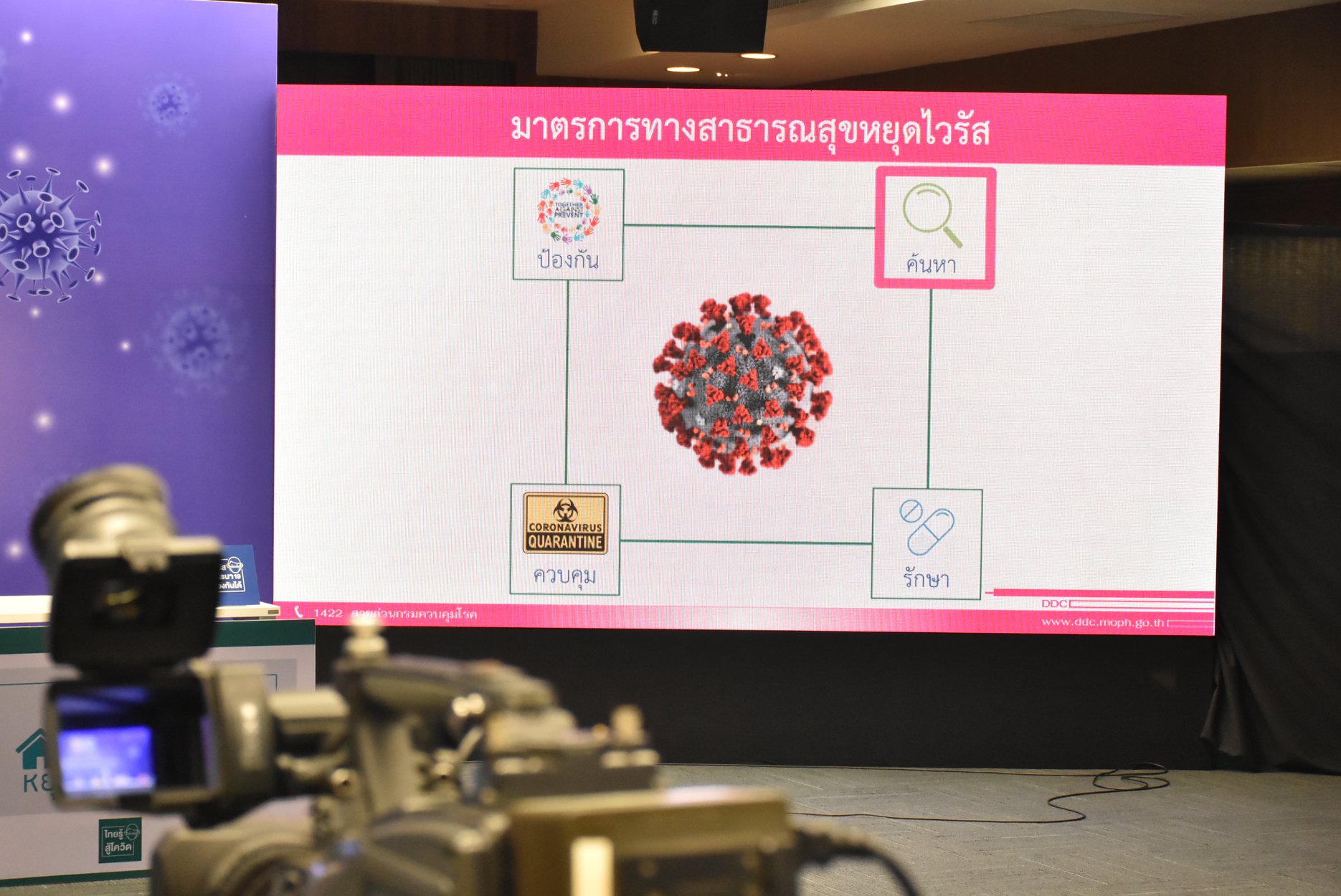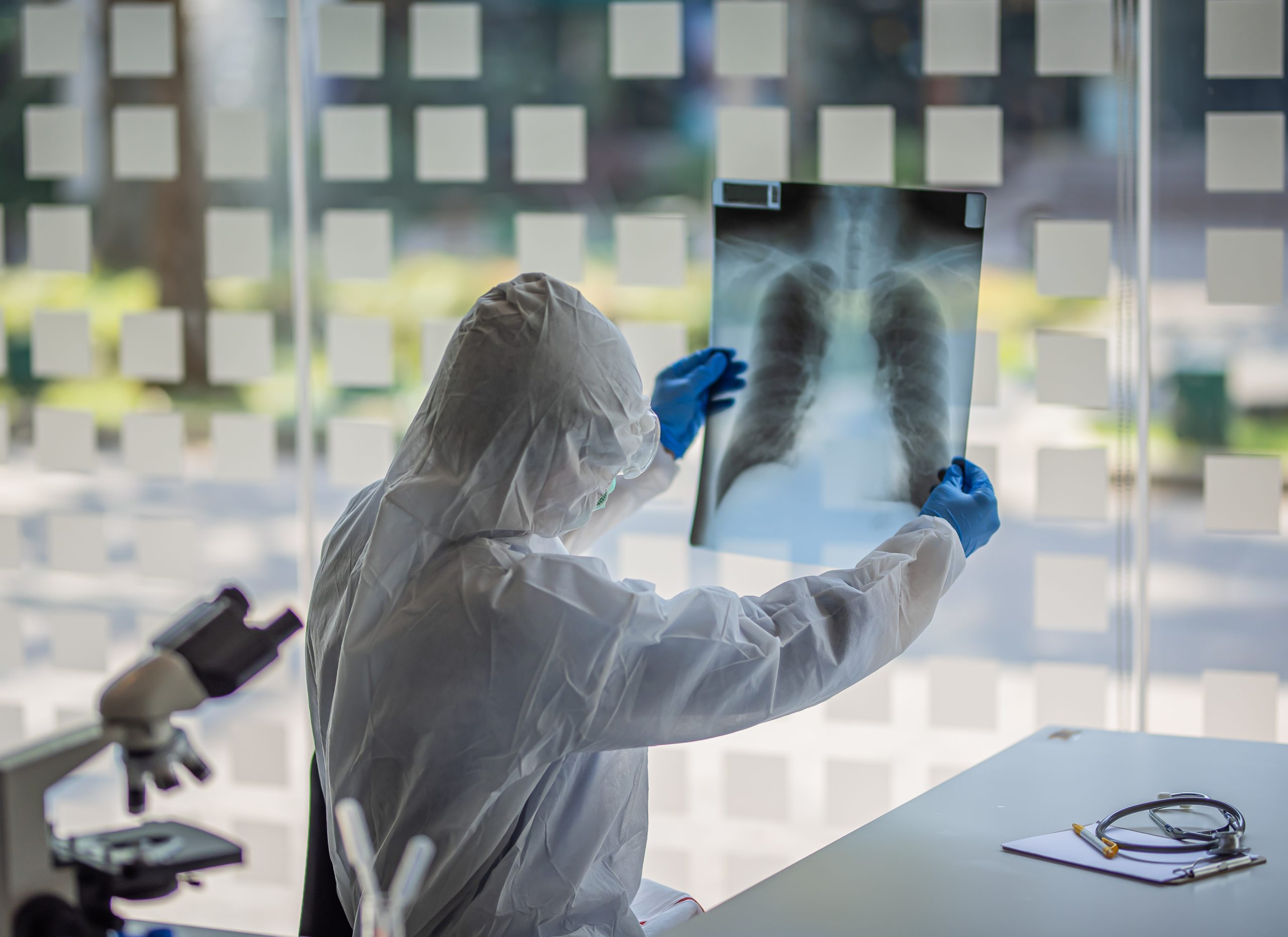As the global tally for declared COVID-19 cases nears six million, Thailand has emerged relatively unscathed. Credit is being given to a public health strategy that effectively coordinated medical workers and the cutting-edge technology. dtac bloghad spoke to two key players at the Department of Disease Control (DDC), the main government agency in flattening the curve: Thanarak Plipat, its deputy chief, and Phathai Singkham, Head of Disease Prevention and Health Innovation Center.

The mission to flatten the curve
Thanarak Plipat said the public health strategy to slow down the spread of the novel coronavirus 2019 rests on four pillars: prevention, surveillance, treatment and control.
Prevention involves mitigating the virus’s spread by encouraging adequate hygiene such as frequently washing hands with water and soap, wearing a face mask, avoiding groups of people, eating hot food and using serving spoons for shared dishes. The information campaigns were targeted even more intensively in workers housing, migrant communities and elderly hospices.
Surveillance is the systematic collection, analysis and dissemination of health data for the planning, implementation and evaluation of public health programs. This also includes active surveillance, which involves monitoring the spread of the coronavirus disease in order to establish the patterns of disease progression.
Efficient treatment is also a key to flattening the curve, mitigating the transmission of the outbreak at hospital.
And lastly, control is the essential strategy that focuses on disrupting the disease cycle, which involves outbreak investigations to identify spreaders and implement the necessary quarantine measures.
The four strategies of flattening the curve leads Thailand to one of the most successful countries in the world in taming the coronavirus outbreak. As the government begins easing control measures, the DDC will put more focus on active surveillance strategy along with prevention to ensure that people do not lower their guard against the COVID-19 pandemic.
“Having fewer new cases doesn’t mean that COVID-10 is no longer exist. There will be any possibilities of infections anytime when people are negligent, which might form a new wave of the outbreak across the nation. Raising awareness and understanding about the COVID-19 is the most important today, which communications technology plays a vital role in the fight against COVID-19,” he said.

Tireless efforts
In addition, the DDC participates actively in transnational cooperation on research and development including World Health Organization, the Centers for Disease Control of Prevention of the United States, Health Security Committee of ASEAN and EU. They will have a weekly meeting to give the updates about surveillance situation and treatment progress across the globe.
“It’s the mission of public health workers to fight against the COVID-19 pandemic, which has a radical effect on people’s lives. If you ask whether I’m exhausted, I’d say yes. In fact, it’s beyond exhaustion. I haven’t had a day off since Jan 3. Whether at home or at work, it’s our mission to get through this tough time together,” Dr. Thanarak explains.
Innovation and technology in disease control
Phathai Singkham, Head of Disease prevention and health innovation center at DDC, said: “To deal with the complexity of an epidemic, the adoption of cutting-edge technologies and innovation is key to epidemiology, such as machine learning and artificial intelligence. For instance, DDC has embraced AI to control the spread of parasitic diseases. It helps identify intestinal parasite eggs in the dirt, allowing remote areas without experts to perform accurate laboratory investigations. In addition, there are a lot more technologies related to healthcare services, such as geolocation from mobile signals to identify the pattern of mobility in the pandemic.”
“Connectivity will play an integral role to bridge the gap between urban and rural areas, large and small sized hospital, connecting experienced medical workers with juniors ones together. This allows medical workers to be more flexible, with tools such as teleconsultation. However, there’s still a legal limitation currently [on which medical services can be performed remotely], but it’s highly likely disease control will lead the way,” Dr. Phathai said.

“Likewise, the progress on COVID-19 treatment, which sees experts around globe working closely together to develop a COVID-19 vaccine through their community, shows how communication technology allows us stay connected despite the distance. We can update information such as genetic inputs, COVID-19 test kits and vaccine developments. It allows us to work more efficiently, faster and more precisely,” he addd
dtac as a major mobile operator in Thailand, is supporting doctors, nurses and other healthcare workers and Village Health Volunteers (VHVs) all over the country by offering them unlimited internet for three months. It is part of a wider #bettertogether campaign to boost morale and encourage unity in the “new normal.” All healthcare workers using dtac monthly postpaid plans can register for this special privilege via the dtac application from May 20th – June 10th, 2020. The dtac app is available at http://dtac.co.th/s/vqIMV


